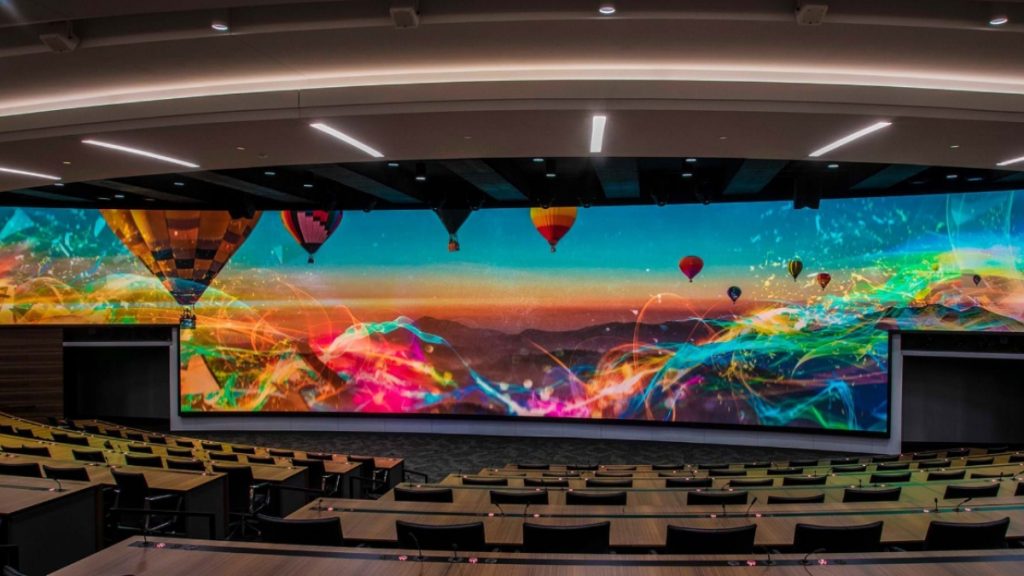Industries worldwide actively seek innovative ways to minimise their ecological footprint in an era when environmental sustainability is paramount. LED video wall technologies offer an excellent solution for the technology sector. Not only do they impress with their visual brilliance and contribute to environmental conservation, but they also dazzle with their brilliance. In this article, you will learn about the environmental benefits of LED video wall and how this technology is transforming our display perspective.
Energy Efficiency
LED walls’ energy efficiency is one of the most significant environmental advantages. LEDs are more power-efficient than older display technologies like CRT or plasma screens. LEDs are renowned for producing bright, vivid images while consuming less energy than older display technologies. They have reduced energy consumption, resulting in lower electricity bills and a diminished carbon footprint.
Energy efficiency in LED video walls is crucial for commercial and public spaces that continuously operate displays. Large LED video walls can run in airports, shopping centres, and other high-traffic areas around the clock without significantly impacting energy costs. Furthermore, LED technology is steadily improving, leading to longer-lasting LED displays.
Longevity
LED video walls have an extended lifespan. Their robust design, durability, and longevity ensure that LED video walls outlast traditional display options. LED panels can endure wear and tear, making them a more sustainable option for reducing electronic waste. In contrast, older display technologies are fragile and prone to malfunction, increasing electronic waste.
The long-term cost-effectiveness of LED walls makes them an excellent investment. Businesses and other organisations can confidently invest in LED displays, knowing they will provide reliable service over many years.
Reduced Heating Emissions
Traditional display technologies, including CRT and plasma screens, generate significant heat during operation. This leads to higher cooling costs and increased energy consumption. In contrast, LED video walls emit minimal heat.
By reducing heat production, LED video walls contribute to lower energy costs and a more comfortable working environment. This reduction in heat production also extends the display’s lifespan, as excessive heat can damage internal components. Less heat generation leads to a lower carbon footprint and reduced energy consumption.
Recycling
Environmental responsibility extends beyond the lifecycle of a specific product; it also encompasses the disposal phase. LED video walls have been designed with recyclability in mind. LED panels and components can be disassembled for recycling, thus reducing their environmental impact.
Recycling LED displays conserve resources and minimises harmful substances’ introduction into the environment. This can occur when electronic waste, such as old TVs or monitors, is improperly discarded. Recycling old LED video components can make a meaningful difference in the future, benefiting both manufacturers and consumers.
Conclusion
LED video walls offer more than just an extraordinary visual experience; they also provide hope for the future. This display technology exhibits environmental responsibility through its energy efficiency, durability, reduced heating emissions, adaptive lighting control, and recyclability. LED video walls can become a valuable ally for organisations and businesses increasingly focused on sustainability.
With LED video wall technology, we can contribute to creating a more sustainable and cleaner environment while enjoying beautiful visual displays. As technology continues to evolve, we are likely to witness even greater advancements in energy efficiency, sustainability, and the role of LED video walls as a compelling solution for both the economy and the environment.




